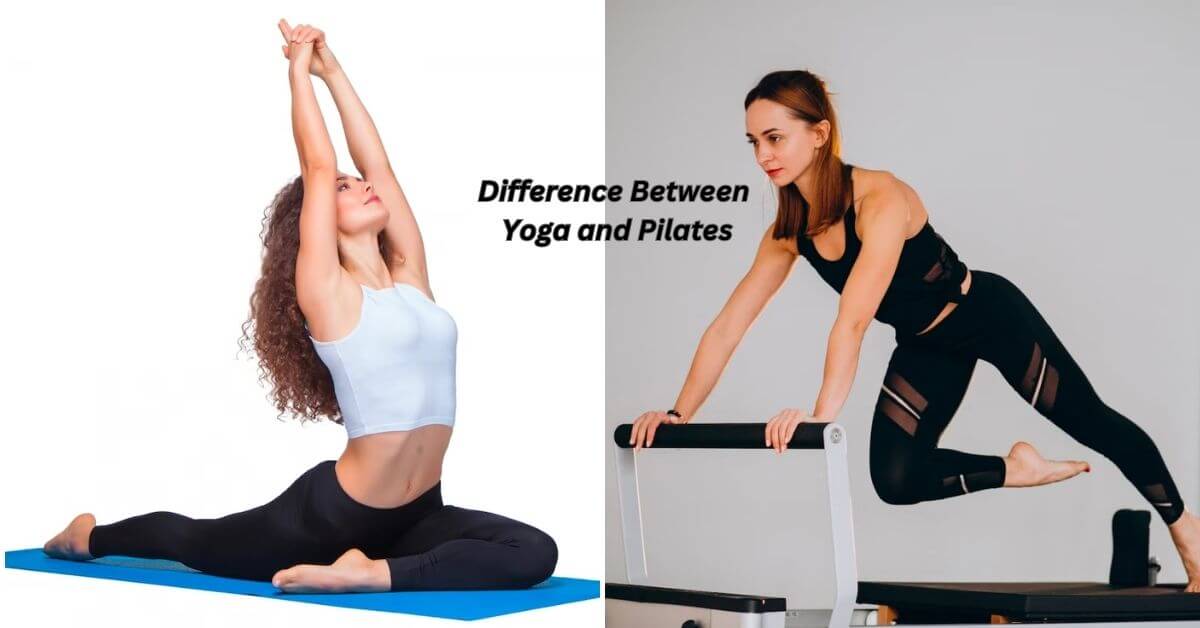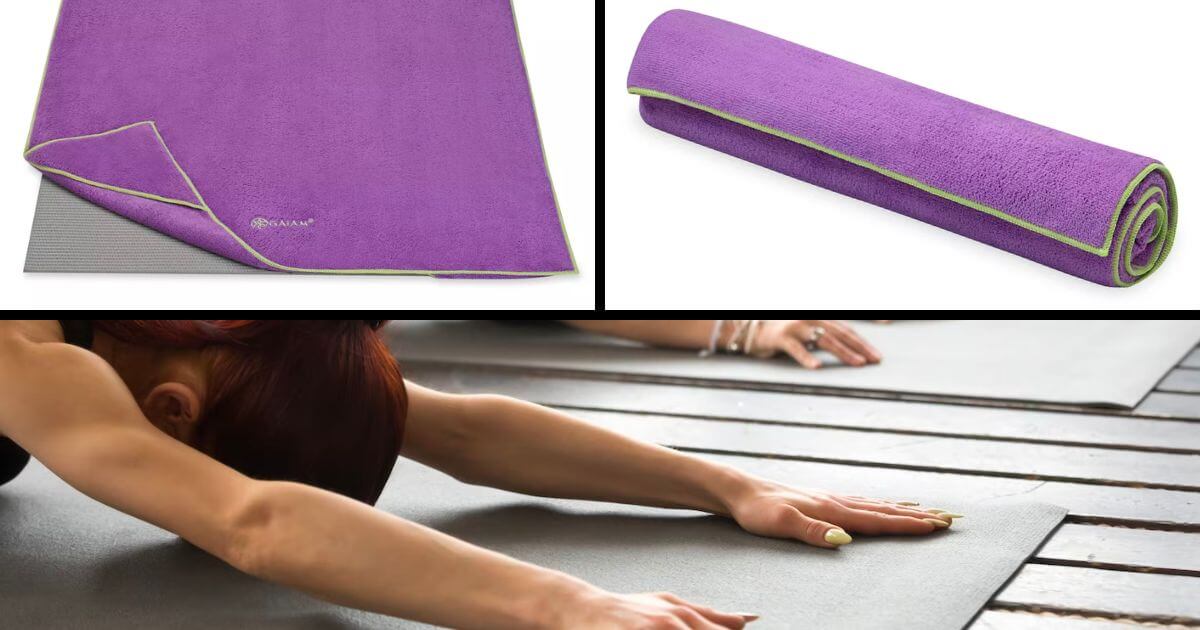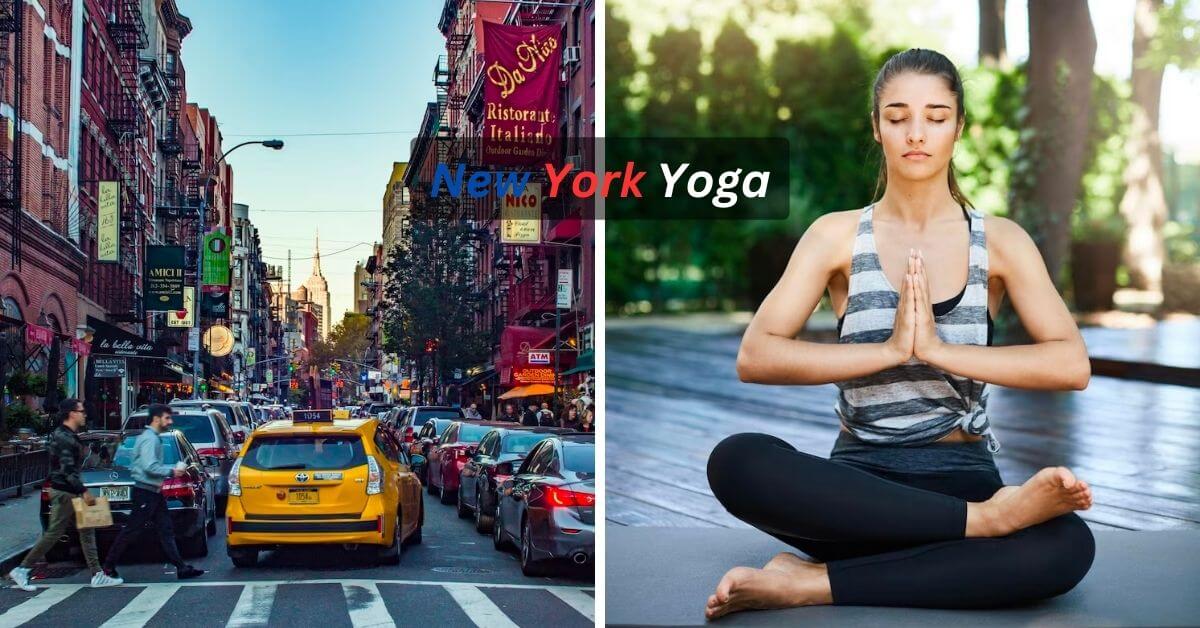In the vast realm of mind-body practices, two of the practices have emerged as powerhouses of physical and mental transformation: yoga and Pilates. Despite the fact that each of these practices offers a unique path to wellness, what sets them apart? If you have ever wondered about the difference between yoga and Pilates, you are not alone. You need to be aware of the differences between these two practices, whether you are seeking strength, flexibility, or a deeper connection with your body.
What is Pilates?
It’s a low-impact exercise method that was developed in the early 20th century by Joseph Pilates. He believed that physical and mental health were interconnected, so he created a system of movements to boost core strength, flexibility, and body awareness. A Pilates mat or specialized equipment, like the Pilates reformer, Cadillac, or chair, are used for Pilates exercises. Movements are controlled, flowing, and engage the deep abdominal, back, hip, and glute muscles.
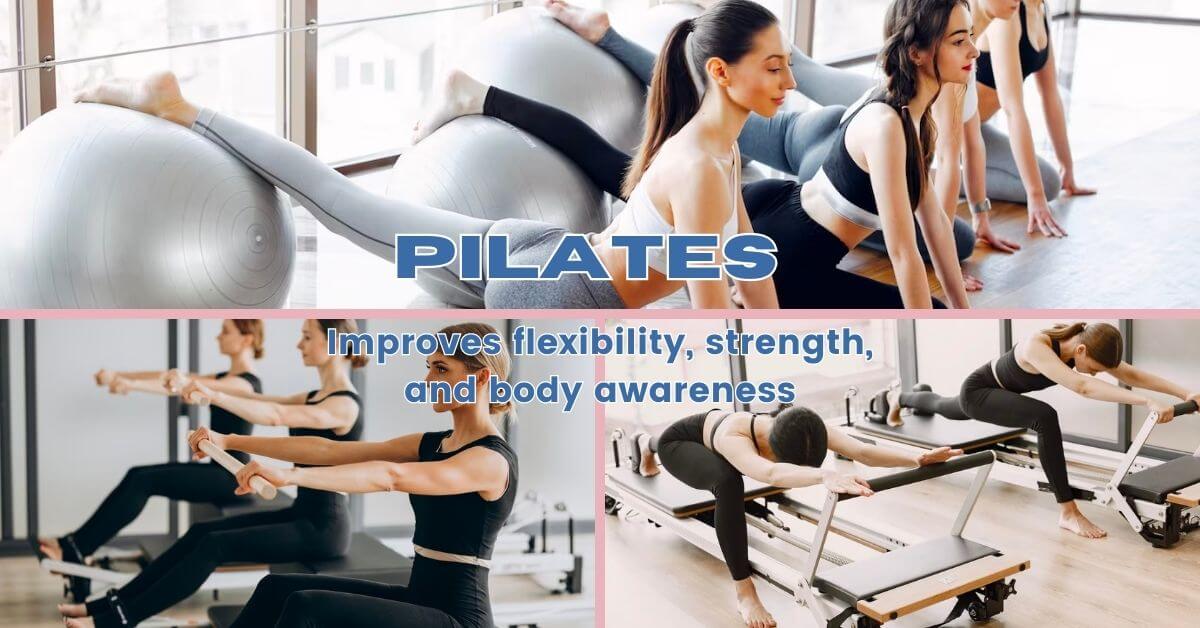
What is Yoga?
Asanas (physical postures), breath control (pranayama), meditation, and ethical principles are all included in yoga, which has its roots in ancient India. Practicing yoga aims to create harmony between body, mind, and spirit, as the word “yoga” means union. The different styles of yoga include Hatha, Vinyasa, Ashtanga, and Kundalini, each with its own unique focus and approach. By combining yoga poses with breathwork and meditation, you can build strength, flexibility, balance, relaxation, and inner peace.
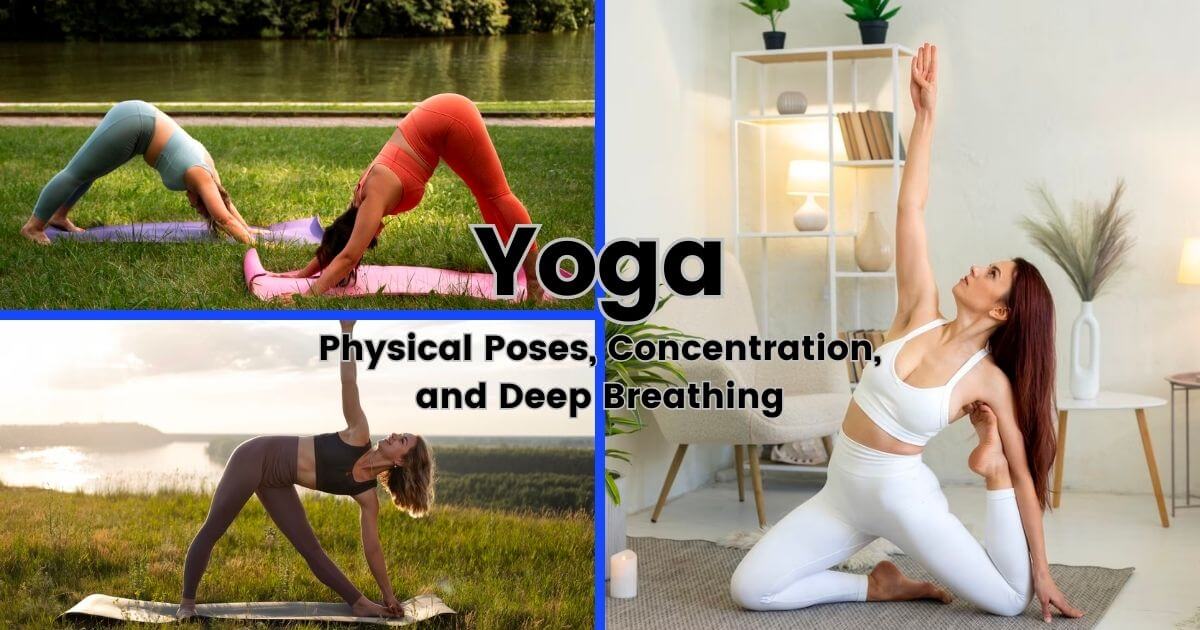
What does Yoga focus on?
Yoga focuses on integrating the body, mind, and spirit through various techniques. It emphasizes breath awareness, mindfulness, and cultivating inner peace. Yoga postures, known as asanas, help improve flexibility, strength, and balance. Yoga also incorporates pranayama, or breath control, which enhances vitality and relaxation. These poses are often held for several breaths, allowing practitioners to deepen their awareness and connection with their bodies. Yoga practices meditation and mindfulness to help people develop clarity, concentration, and self-awareness.
What does Pilates focus on?
The main goal of Pilates is to strengthen the core muscles, improve posture, and align your body. Pilates focuses on the core muscles, including the deep abdominal muscles, back muscles, and pelvic floor. In addition to core strength, Pilates emphasizes flexibility, muscular endurance, and balanced muscle development as well. Pilates aims to create a stable and strong foundation for movement by engaging these muscles. Using controlled movements in Pilates helps improve body awareness and encourages proper alignment, which leads to better posture and less injuries.
Key Difference Between Yoga and Pilates
Origins
- Yoga: The roots of yoga go back 5,000 years in India and are deeply ingrained in spiritual and philosophical thought.
- Pilates: The Pilates method was developed by Joseph Pilates in the early 20th century.
Approach and Techniques
- Yoga: Yoga incorporates a wide range of postures, breathing techniques, meditation, and relaxation practices. It emphasizes flow, flexibility, balance, and mindfulness. Various yoga styles, such as Hatha, Vinyasa, Ashtanga, and Kundalini, offer diverse approaches and intensities.
- Pilates: Pilates emphasizes controlled movements that target the core muscles, including the deep abdominals, back, and pelvic floor. It involves precise and flowing movements that enhance body awareness, improve posture, and promote overall strength and flexibility. Pilates exercises can be performed on a mat or specialized equipment like the reformer or Cadillac.
Focus
- Yoga: Breath control, meditation, and spiritual growth are key to yoga’s integration of body, mind, and spirit.
- Pilates: Pilates focuses on core strength, body alignment, and overall fitness.
Movement Style
- Yoga: Yoga includes standing, seated, inverted and balancing poses, as well as static poses and dynamic poses.
- Pilates: Using both mat-based and specialized equipment, Pilates involves controlled, precise movements with a focus on core engagement.
Spiritual vs. Physical Emphasis
- Yoga: Yoga places a significant emphasis on spirituality, self-reflection, and connecting with one’s inner self. It aims to bring harmony to the body, mind, and spirit.
- Pilates: While Pilates can enhance mental well-being, it primarily focuses on physical fitness, strength, and body conditioning, with less emphasis on spirituality.
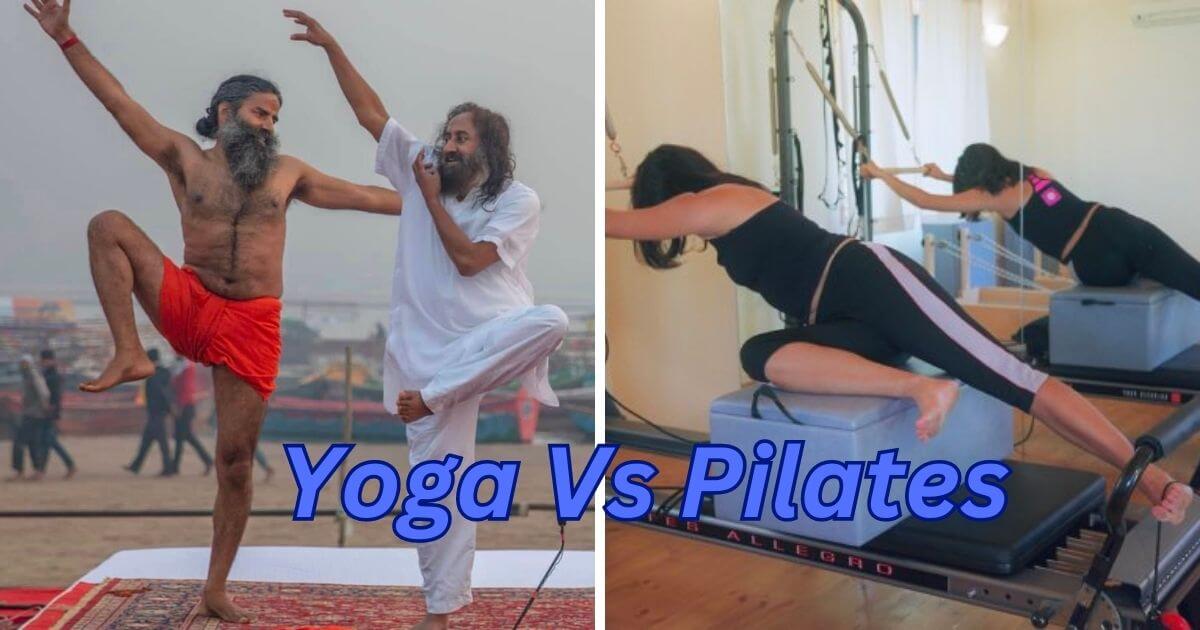
What Are the Benefits of Pilates?
- The Pilates method focuses on strengthening your core muscles, including your abdominals, back, and pelvic floor. By strengthening your core, you’ll enjoy improved stability, enhanced posture, and reduced injury risk.
- Flexibility: Pilates exercises elongate the muscles and improve joint mobility. Controlled movements help release tension and tightness, leading to greater flexibility.
- Enhanced Body Awareness: Pilates emphasizes the mind-body connection, giving practitioners a heightened sense of body awareness, which allows them to better control their movements, alignment, and posture.
- Using Pilates, you can improve your posture and relieve associated discomfort by strengthening your core, back, and neck muscles.
- Pilates increases muscular endurance by working the muscles in a balanced way. Regular practice can lead to improved stamina and better performance in a variety of sports and activities.
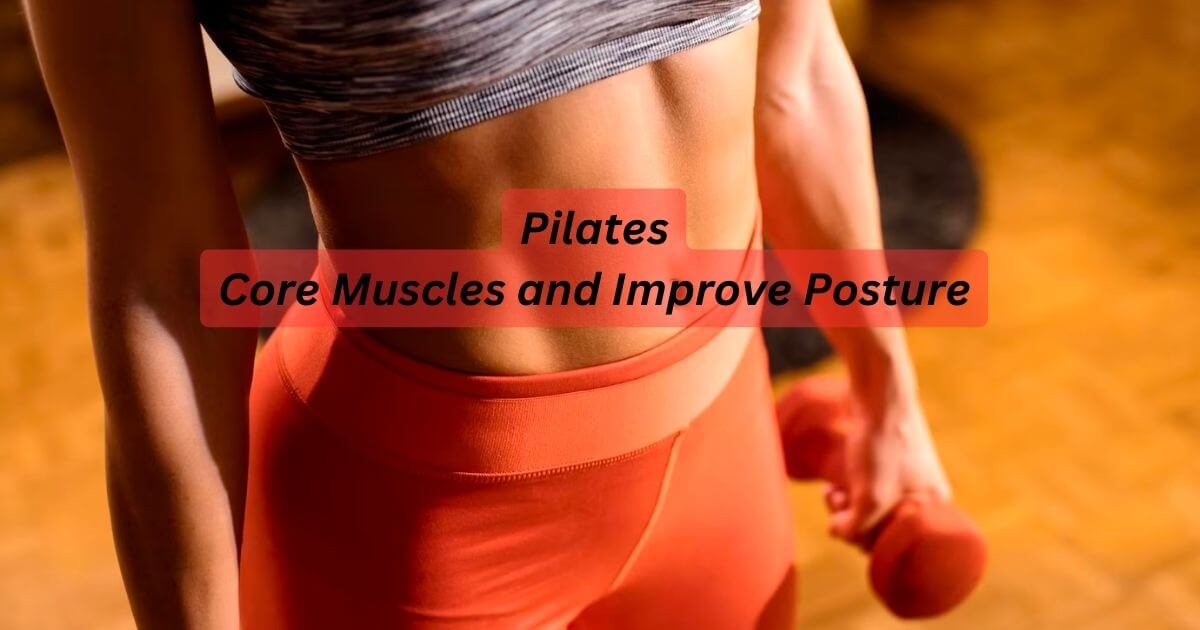
What Are the Benefits of Yoga?
- Flexibility and strength: Yoga postures stretch and strengthen the muscles, resulting in improved flexibility and increased muscle tone. With consistent practice, your range of motion will improve and your strength will improve.
- It’s great for stress relief because it incorporates deep breathing, relaxation techniques, and meditation. Practicing yoga regularly can calm the mind, reduce anxiety, and promote relaxation, leading to a better sense of health.
- A lot of yoga poses require balance and focus, which improves stability, coordination, and proprioception. Practicing balancing poses strengthens the muscles responsible for maintaining stability, so you don’t fall or get hurt.
- Mindfulness and Mental Clarity: Yoga emphasizes present-moment awareness. By focusing on the body and sensations, yoga cultivates mental clarity, concentration, and calmness.
- A holistic approach to wellbeing: Yoga promotes self-care, self-acceptance, and self-discovery, allowing individuals to embark on a transformative journey towards holistic health.
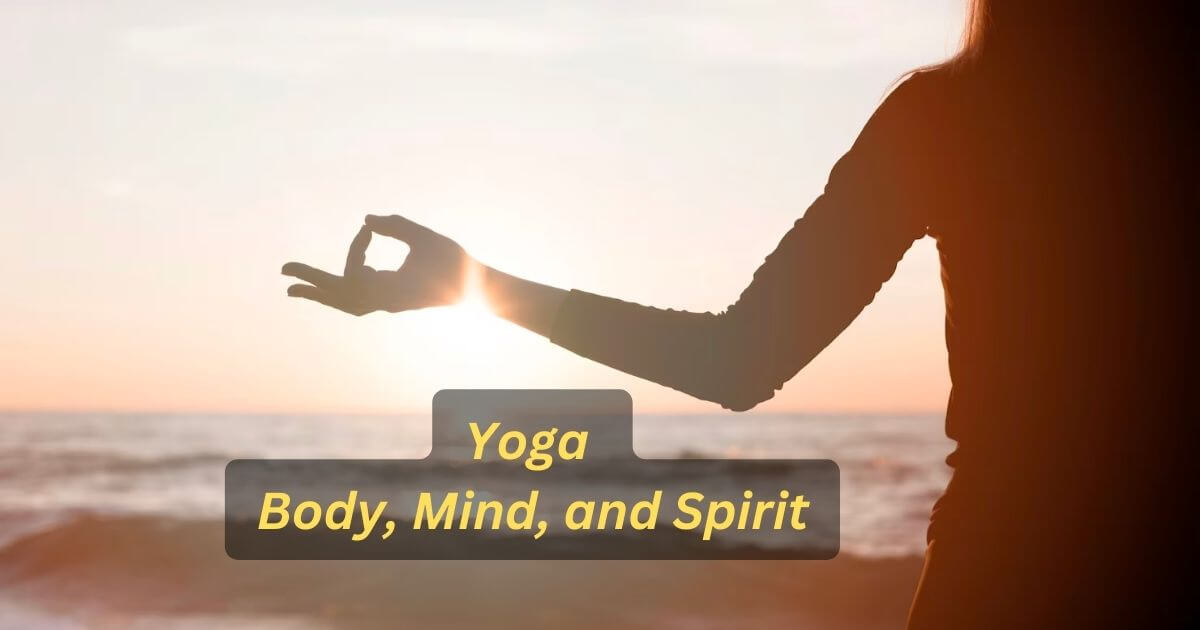
Yoga and Pilates Equipment
Yoga Equipment
- Yoga Mat: A non-slip mat provides cushioning and support for yoga poses, ensuring comfort and stability during practice.
- Props: Yoga props such as blocks, straps, bolsters, and blankets are used to modify poses, improve alignment, and assist in deepening stretches.
- Yoga Strap: A yoga strap helps increase flexibility and reach in poses, particularly for individuals with limited mobility.
- Yoga Blocks: These foam or cork blocks provide stability and support, allowing practitioners to modify poses and maintain proper alignment.
- Yoga Bolster: A yoga bolster is a firm cushion used to provide support in restorative and relaxing poses, aiding in relaxation and deep stretching.
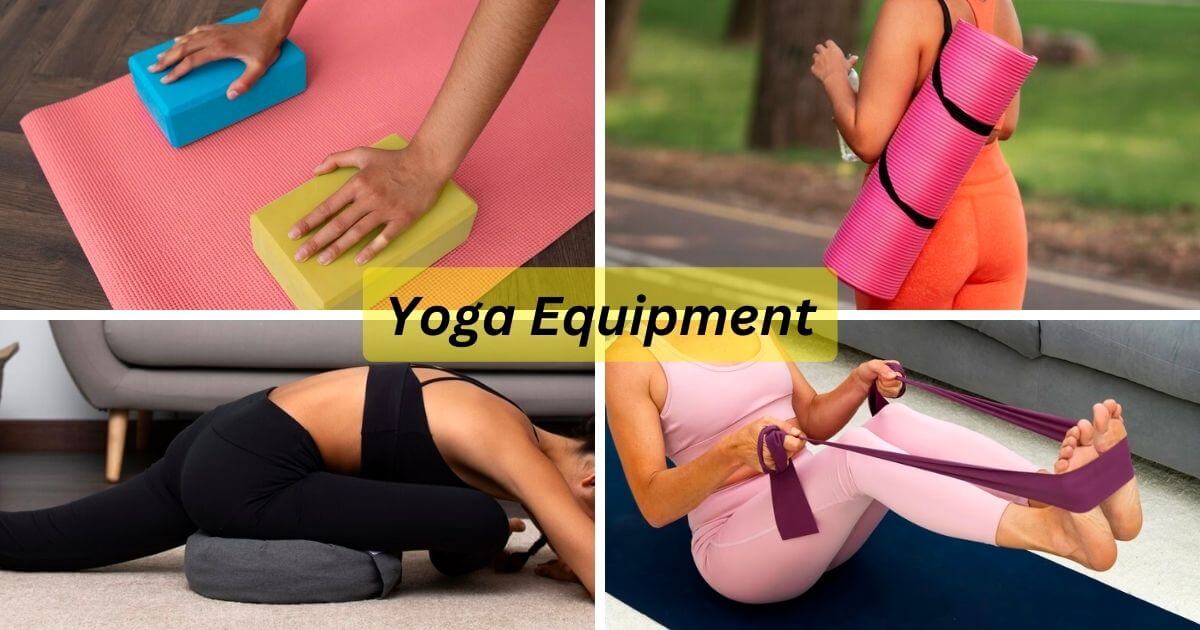
Pilates Equipment
- Pilates Reformer: The Pilates reformer is a specialized machine with a sliding carriage, springs, and various attachments. It offers resistance-based exercises to enhance strength, flexibility, and body awareness.
- Pilates Cadillac: Also known as a trapeze table, the Cadillac is a versatile Pilates apparatus that supports a wide range of exercises targeting different muscle groups.
- Pilates Chair: The Pilates chair is a compact piece of equipment that focuses on core strength and stability. It offers a variety of seated and standing exercises for a challenging workout.
- Pilates Ring: Also known as a Magic Circle, the Pilates ring is a flexible metal or rubber ring used to add resistance and engage specific muscle groups during exercises.
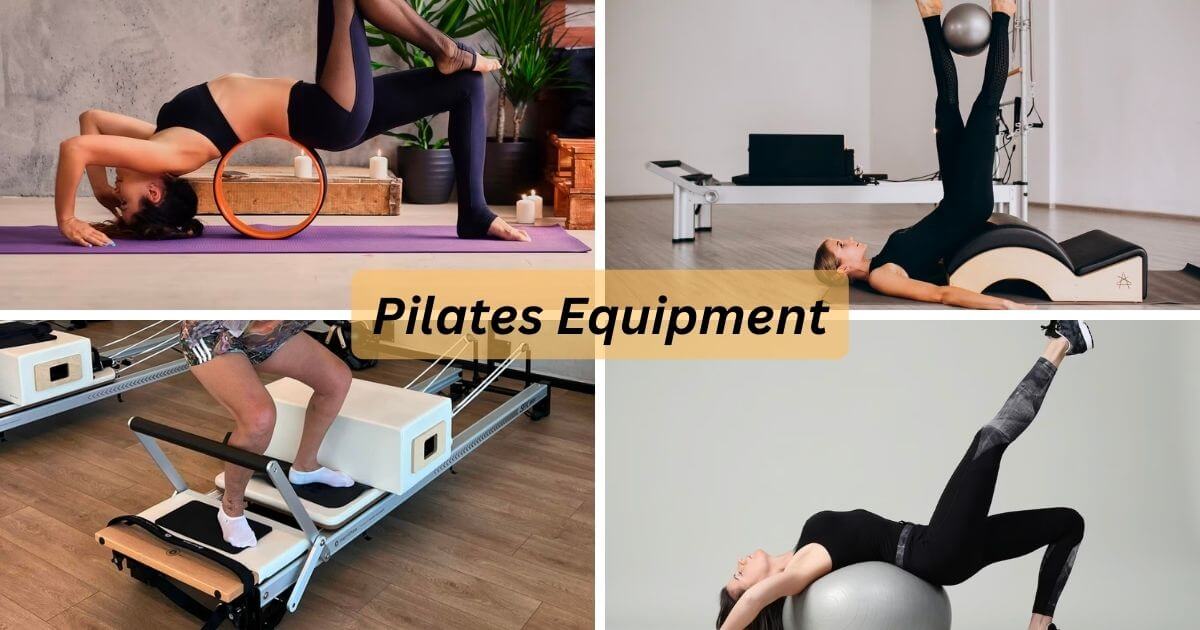
Prices for Yoga and Pilates classes
Private Sessions
- Yoga: Private yoga sessions typically range from $75 to $200 per hour. The price may vary depending on factors such as the instructor’s experience, location, and additional services provided.
- Pilates: Private Pilates sessions generally range from $50 to $150 per hour. As with yoga, the cost may depend on factors such as the instructor’s expertise, location, and specialised equipment used.
Group Classes
- Yoga: Group yoga classes usually range from $25 to $120 per session. The price may vary depending on the location, class duration, and the expertise of the instructor. Some studios may offer discounted packages or memberships for regular attendees.
- Pilates: Group Pilates classes typically range from $20 to $80 per session. Similar to yoga, the cost can vary based on factors such as the studio location, class duration, and the qualifications of the instructor.
It’s important to note that these price ranges are approximate and can vary depending on various factors, including the geographical location and the specific offerings of the studio or instructor.
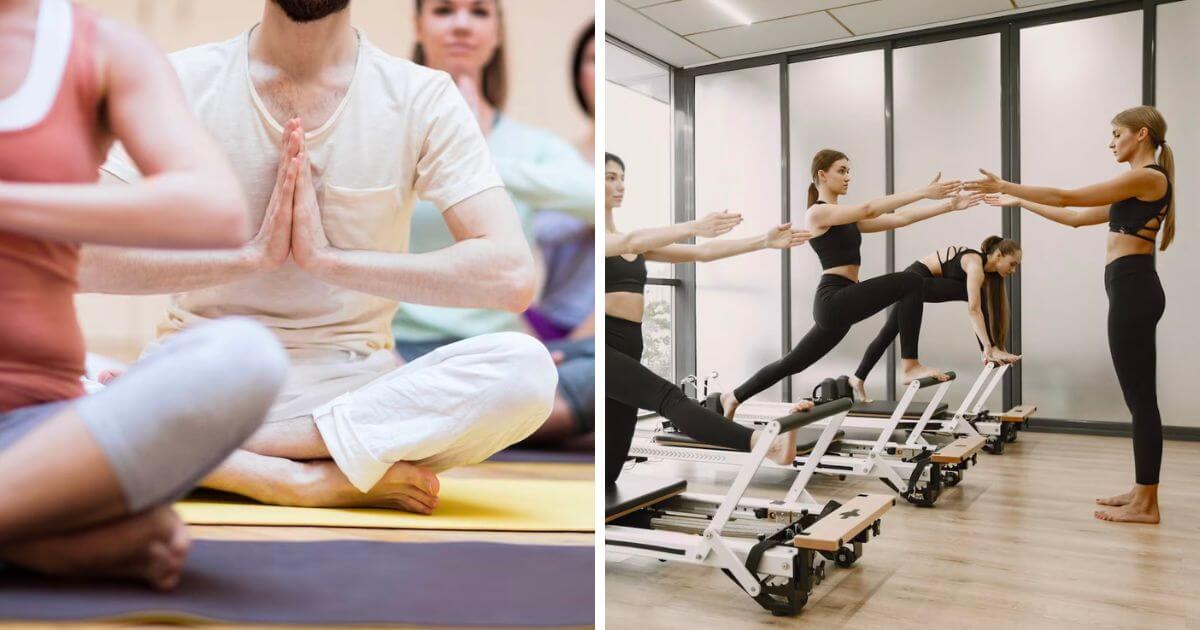
Combining Yoga and Pilates
Hybrid Classes
- Fitness studios offer hybrid classes that combine yoga and Pilates. If you like variety and want to work on strength, flexibility, and mindfulness at the same time, these hybrid classes are a great option.
Alternating Days
- It’s fine to alternate between yoga and Pilates on different days of the week if you like to focus on one practice at a time. You can do yoga for flexibility and mindfulness, and Pilates for core strength and body conditioning, for instance.
Complementary Sessions
- You can also incorporate yoga and Pilates into your regular workout routine. Before and after Pilates workouts, you can do yoga poses to warm up or cool down. Yoga can be combined with Pilates exercises to add strength and stability.
Listen to Your Body
- Listen to your body and pick a combination of yoga and Pilates that works for you. Pay attention to how each practice makes you feel physically and mentally, and adapt your routine accordingly.
For people looking for improved mental well-being, physical health, and overall balance, yoga and Pilates are both powerful mind-body practices. Yoga is about integrating mind, body, and spirit through postures, breathwork, and meditation, while Pilates is about core strength, alignment, and overall fitness. You can pick the practice that’s the best fit for you based on your goals and preferences.

